Susan’s Top Productivity Tips
by Susan Varty, Managing Partner

Work when you are energized. You will simply get more done. If you can’t make your own schedule based on your energy levels, schedule calls and meetings in the early and mid afternoon to push you through to early evening when people usually re-energize. For further reading about this, read When, by Daniel Pink.
Put someone else in charge of your calendar. if you have a lot of bookings. A human touch can go a long way and you won’t get over scheduled the way technology has a tendency to do. If you can’t delegate your calendar, set “office hours” when people know you will be available to take a call. It can reduce the number of bookings you may need to organize.
Keep like with like and consolidate. All notes in one notebook, all files with other files, all tasks in one software program. The more you can’t use the “like with like” mantra, the longer it will take to find things, eating into your day. While keeping like with like, work on reducing and consolidating touch points – for example, can three mailing lists be put into one? Are people using five different software programs when only one is needed?
Talk instead of type. You will get written content out faster overall, even for basic emails. I use Dragon and on a Mac, you can hit fn twice to use its voice recording feature after enabling dictation. And the most recent edition of Word for Mac has a dictation feature built right in as well.
Change small things in your environment. Is it easy to play books and podcasts while you work in your kitchen? Is your gym bag packed at night and in your trunk so you can go to the gym in the morning? Are there healthy snacks or chips near your desk? Is your Instagram icon out of your immediate sight line? Can you keep your phone across the room while you work? What small changes can you make that have a big impact on your productivity? For further reading about this, read Atomic Habits, by James Clear.
Use lists. From Amanda Spencer on our team:
If I just have one or two things to work on, I’ll simply list them as separate tasks, but when the work starts to get busier, I’ll often break up tasks into several sub-tasks: initial planning, write a draft, edit and revise, etc. Ticking off completed tasks is very satisfying, and approaching work in this way helps ensure that I’m not leaving everything until the last minute!
Use timers. From Stephen Kotowych on our team:
I’m all about timers. There’s the pomodoro technique. But mainly what I like is timing how long specific tasks take. Since I tend to do similar things for clients (blogs, social, etc.) over time by watching how long on average those kinds of things take me I have hard data by which to estimate how long a project will take and block out my time accordingly. That way I (ideally) don’t get overwhelmed and don’t make unrealistic promises of when I can get stuff turned around.
Re-read and recharge. From Susan Taylor on our team:
I re-read emails every morning to make sure I’ve not missed anything from the day before. I also need to get away from the computer and get fresh air – having the dog to walk really helps and with just a 20 minute change of scenery seems to be the best medicine to recharge!!
photo credit: barbourians I bought an egg timer via photopin (license)
All PostsSome
Clients


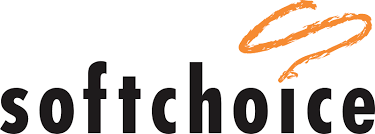

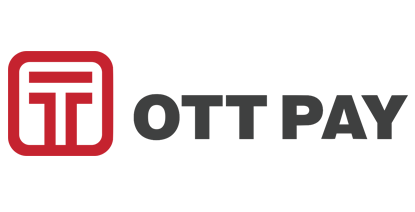
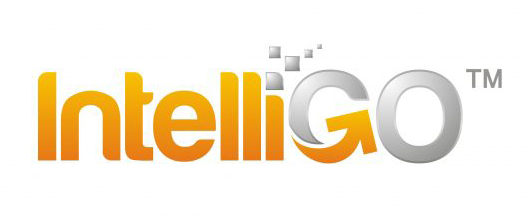


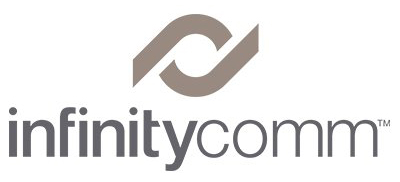
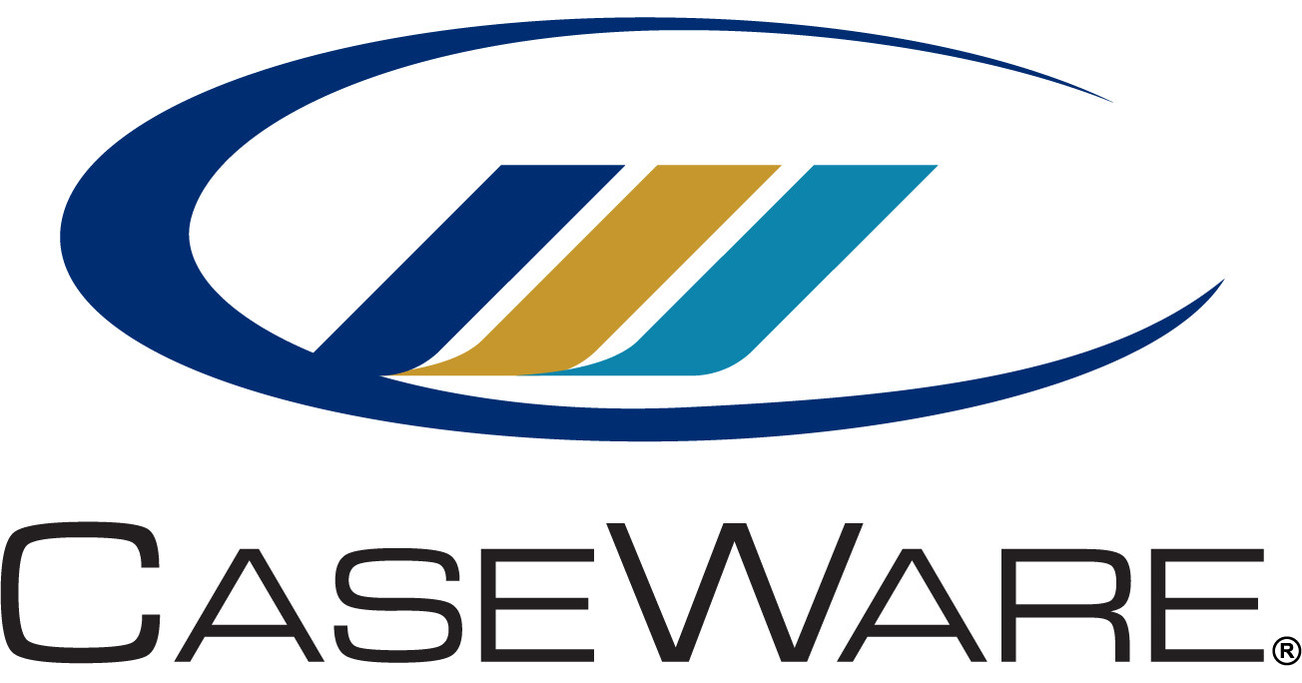
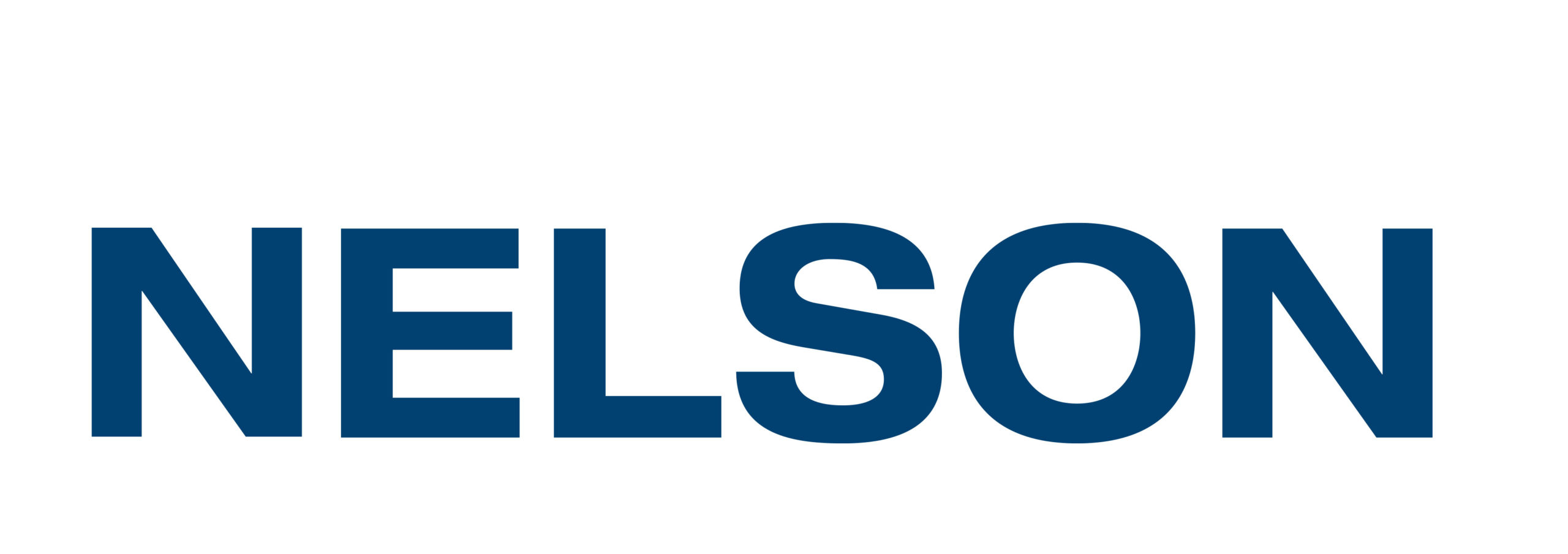
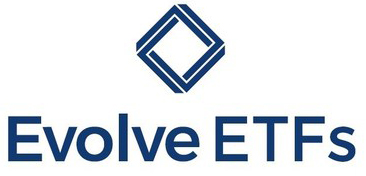

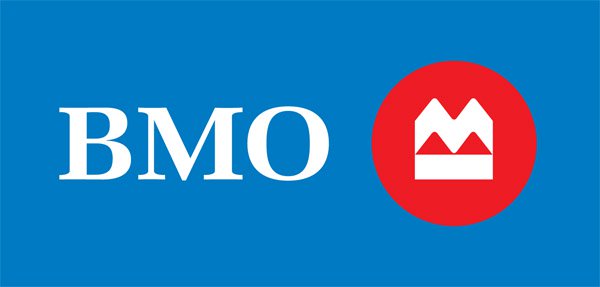

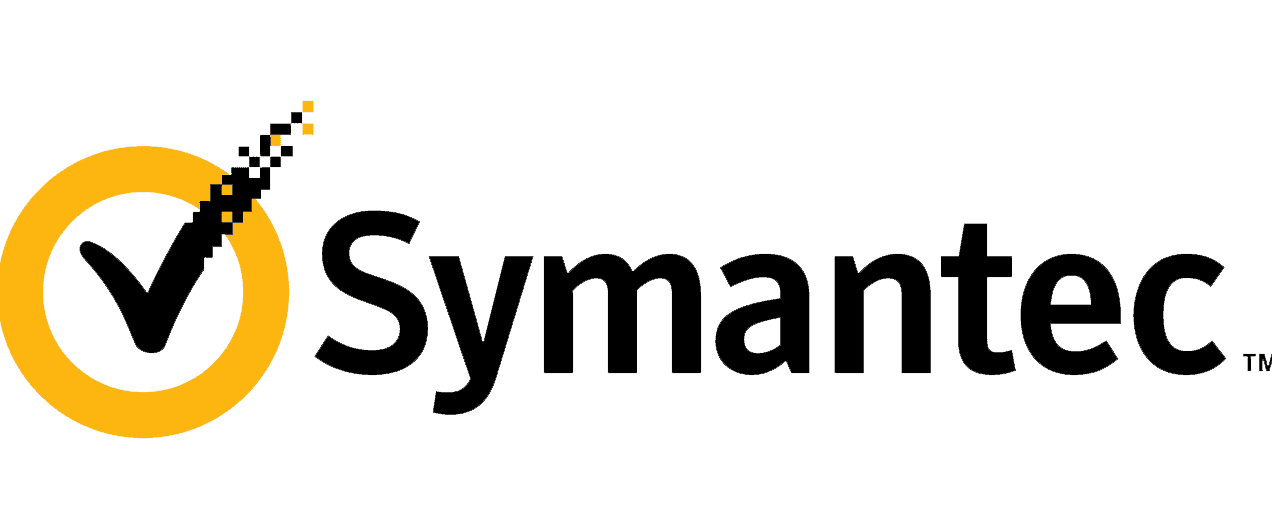
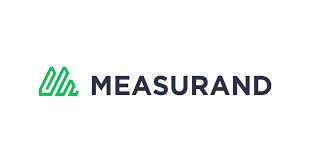
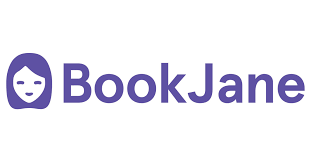
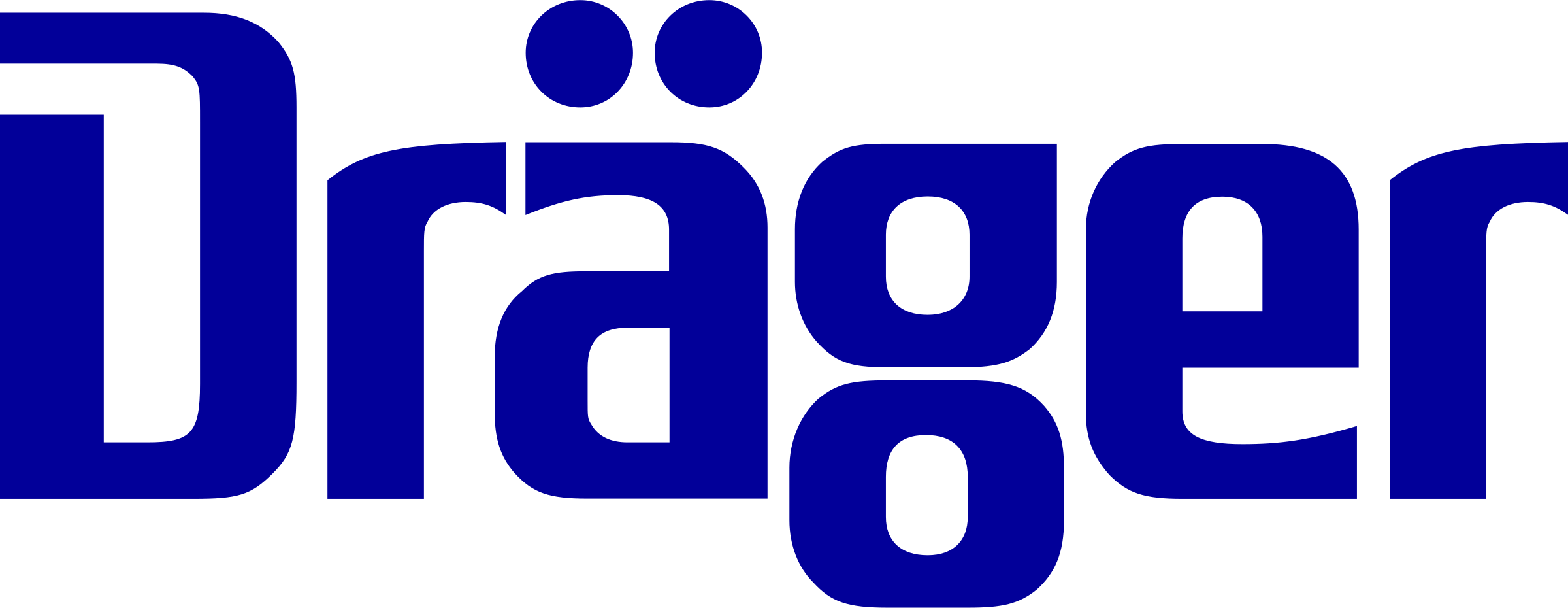















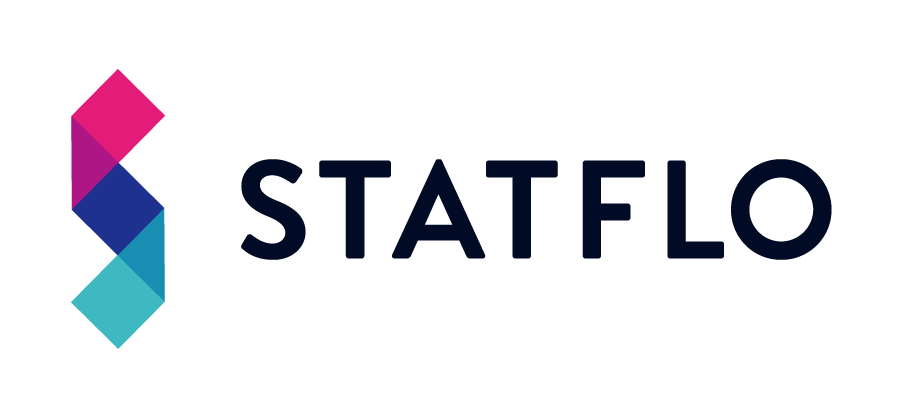

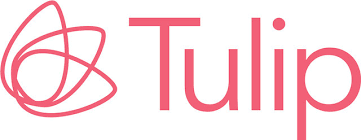

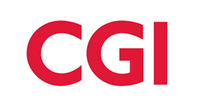
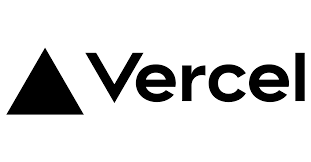







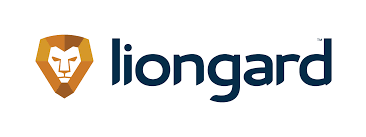
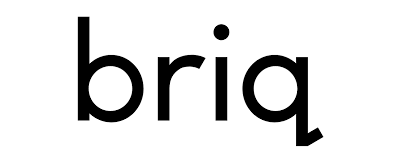
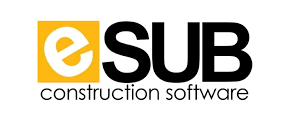
LET’S TALK!
HeadStart is an extension of your team to help you finish your content projects. Call 1.416.712.4440 or contact us.


